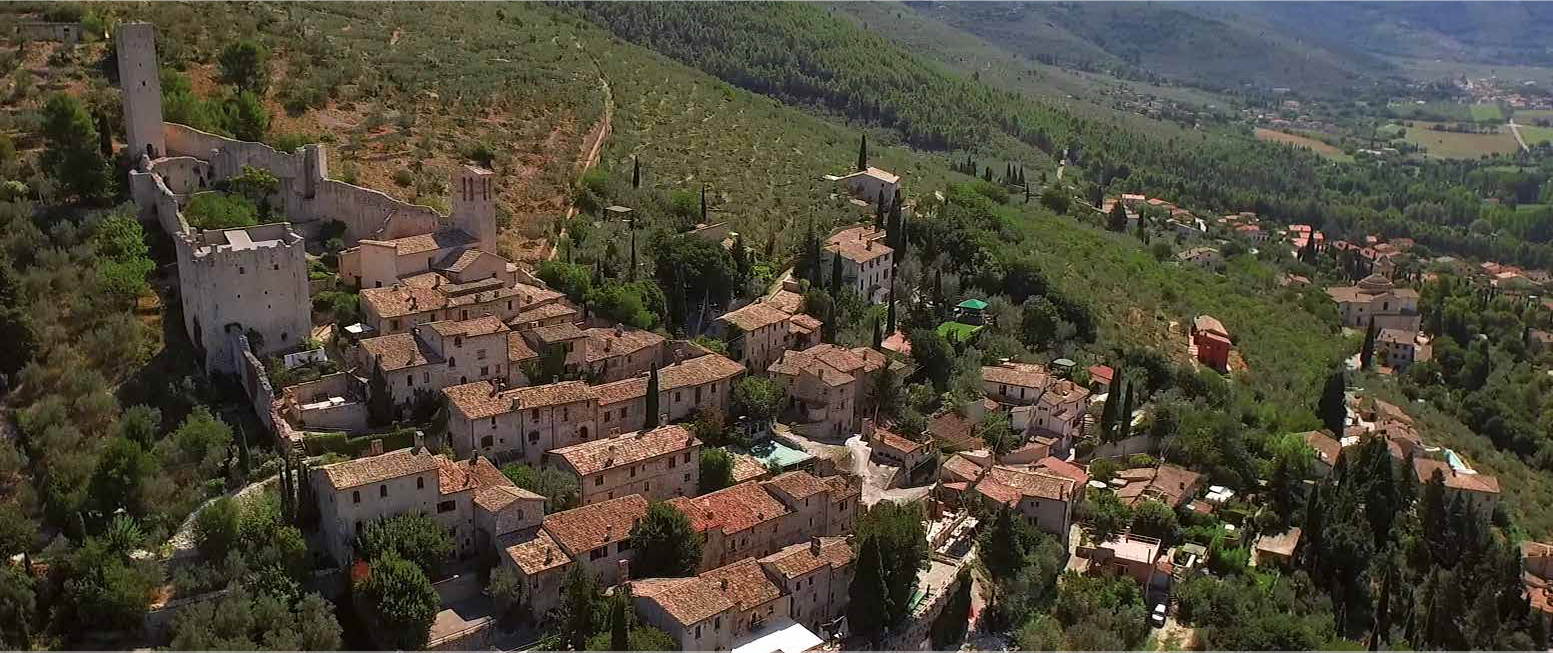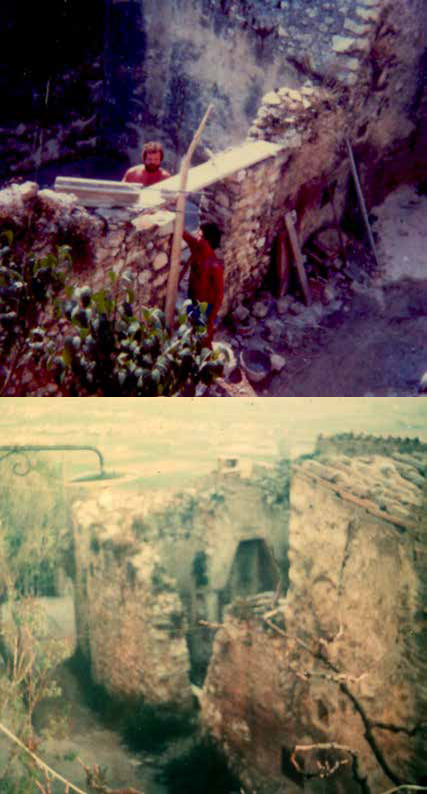
Lizori is one among the rarest slanting, triangular castles perfectly preserved in Italy. Totally neglected, deserted and
falling apart, in the mid-1970s it was a pile of ruins and underbrush. From the dungeon to the octagonal tower that
incorporates the old bell-tower, from the lord mansion to all houses inside the boundary walls (not a single roof
was intact), everything was risking to be lost forever, like many other Italian villages.
Once its intrinsic identity was recognized beyond the wounds of time, in 1976 a new season started, that brought this place back to our present, alive and experienced. Even the hamlet’s plant is a pleasure of panoramic naturism, its triangular shape with terracing diagonals, a functional, concentric architecture distributed in a bustle of parallel streets that nonetheless have a quick vertical descent one with the other, the highest pleasure of panoramic naturism.
-

-
The reconstruction was a veritable art school in the sense the term used to have during the Renaissance, with all building yard’s implementation phases taking place at the workshop.
The methods and results of the work were successfully presented at the IUA 2005 World Congress (International Union of Architects) in Istanbul. Technically speaking, the hamlet’s restoration was conducted in strict respect to the original structure, integrated, when necessary, by the adaptation to new functions.
Natural stones, terracotta, lime mortar, wood, handmade bricks, huge beams made of age-old olivewood … materials all recovered till the last pebble, a construction approach updated interpreting what was previously already existing. The comprehensive work undertaken ranged from static consolidation to urbanization works and underground utilities set-up. Not just the individual homes, but in all public spaces: streets, squares, terracings.Lizori is a place where you can breathe the open possibility to cross the bridge between seasons of history: because
“not only the future is captivating, the past, as well, brings a logic that can enlighten, in a more constructive manner,
our rational processes”. Here, the desire wasn’t only to retrieve the past as such; the intention was to work on man as a symbol of everlasting beauty, on his daily path toward the future.
Since the beginning, the aim that Meneghetti had while recovering this place, was “to restore the soul of the verlasting
man, the bringer of values on this wonderful planet. An industrious man in his place, yet open, as intelligence and as message, to the new globalization. A man rooted like a tree to his historical place, in artisan, mastery loneliness, in a
piece of perfect environmental and civic ecobiology, to radiate from such fullness as operator of social values, as master of developing civilization.”


You must be logged in to post a comment.